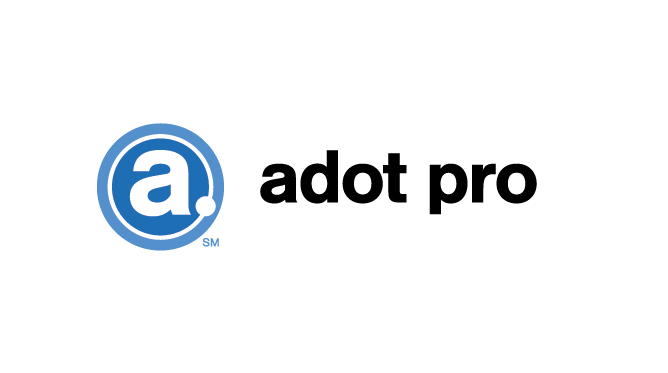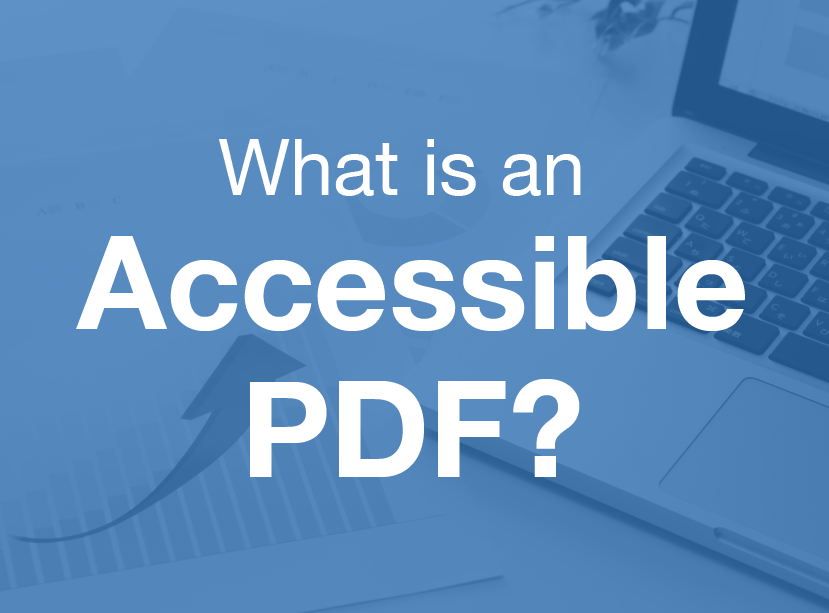E-commerce and Internet Accessibility
- April 9, 2018
- / Adot Labs
- / learningcenter

According to the US Census Bureau, in 2016, 12.6% of the population, or approximately 40 million Americans, had a disability, a number which continues to grow (US Census Bureau, 2016). The World Health Organization Estimates that over 1 billion people currently live with a disability (Internet Accessibility 2012). Those individuals who live their lives with disabilities face unique, day-to-day challenges and require unique solutions for navigating the world in which they live. There are a broad range of disabilities, each with their own set of barriers. One such barrier that many people with disabilities find particularly difficult to overcome, is the use of the Internet for making online purchases. Fortunately, new software technology, such as DigiPro Media’s innovative web design platform and Adot Pro’s accessibility software, is making it easier than ever before for people with disabilities to engage with businesses online.
Causes of Disabilities
There are numerous reasons why individuals may experience varying degrees of visual, auditory, physical, speech, or cognitive disabilities. Some disabilities may have existed from birth; others may be due to an illness, disease, or an accident. Some impairments may be attributed to old age. Regardless of the causation of the disability, every person is unique and has their own set of skills, preferences, and expectations that may impact the way they interact with and make purchases on the internet (Diversity of Web Users, 2017).
Types of Disabilities and Solutions
Different types of disabilities require different solutions to using the internet. Typically, people with disabilities require that online content is changed and represented in a form that can be more usable for their particular needs. Individuals with auditory disabilities may require the use of closed captioning or transcripts so they may use audio content. Visually impaired internet users will typically require websites to allow for the enlargement or reduction of text sizes and images, customized font or color settings, or text to speech synthesis of content (Diversity of Web Users, 2017). While these tools are very useful for people with disabilities, they are unemployable if proper steps are not taken by website development teams.
Accessibility
For internet users with disabilities to effectively navigate the Web, the use of assistive technology and devices is often necessary. However, for these assistive devices to be effectively employed, websites must be structured and coded correctly so that their information and content can be processed and presented in a way that is accessible to an individual with a given disability. This is where the phrase “internet accessibility” comes in.
Adot Pro’s innovative software, in tandem with DigiPro Media’s comprehensive Web design platform, allows companies to create an accessibly structured and coded version of their existing website. An accessible e-commerce site provides individuals with disabilities with the power to confidently make purchases online; thus, creating a mutually beneficial environment composed of consumers with disabilities and online businesses.
Websites and web tools designed for people with disabilities ultimately benefit everyone, especially those with impairments. For businesses who engage in e-commerce, it is necessary to consider people with different abilities when designing and constructing a website, as this could ultimately affect a company’s bottom line.
Accessibility and Profit
There is a business case for implementing internet accessibility: The more customers your company has, the more profit you can generate. Having accessible web content is an opportunity to reach into broader consumer segments in a crowded marketplace. Having an accessible website will allow your business to reach largely untapped markets, ensure high-quality customer service, improve supply chain management, improve SEO, foster business, and community relationships, and mitigate the risk of litigation under Title III of the Americans with Disabilities Act (ADA).
Interview with Stephanie Bollinger
After sitting down with Stephanie Bollinger, one of DigiPro Media’s resident quality assurance testers, our writing staff was able to hear a first-hand account of what it is like for a person with a visual impairment to use the internet for e-commerce. Stephanie makes online purchases quite often, sometimes multiple times in one month, and purchases a wide variety of products. According to Stephanie, there have been multiple instances in which she wanted to purchase a product online but was unable to do so because the e-commerce site that sold the product was inaccessible. Poor product descriptions, difficult to navigate check out processes, and content unreadable by assistive technology, can make it impossible for visually impaired consumers to make confident purchases online.
Conclusion
The World Health Organization estimates 1 billion people to have a disability. Persons with disabilities can equally participate in society and make substantial contributions to the economy if the appropriate Internet tools are available (Internet Accessibility 2012). For this reason, having an accessible website is vital to the long-term success of businesses, and for the well-being of people with disabilities.
Sources
Internet Accessibility: Internet Use by Persons with Disabilities. (2012, November 01). Retrieved April 04, 2018, from https://www.internetsociety.org/resources/doc/2012/internet-accessibility-internet-use-by-persons-with-disabilities-moving-forward/
US Census Bureau Public Information Office. (2016, May 19). Newsroom Archive. Retrieved April 04, 2018, from https://www.census.gov/newsroom/releases/archives/miscellaneous/cb12-134.html
W3. (2017, May 15). Diversity of Web Users - How People with Disabilities Use the Web ◦ Web Accessibility Initiative ◦ W3C. Retrieved April 04, 2018, from https://www.w3.org/WAI/intro/people-use-web/diversity#visual
 ADA Lawsuits Target Non-Compliant Websites (2:45)
ADA Lawsuits Target Non-Compliant Websites (2:45)
 Winn Dixie Loses ADA Website Lawsuit (3:33)
Winn Dixie Loses ADA Website Lawsuit (3:33)
 How Does it Work?
How Does it Work?
 Adot Labs Introduces Adot Pro as an Affordable and Quick Solution for Web Accessibility
Adot Labs Introduces Adot Pro as an Affordable and Quick Solution for Web Accessibility
 What is an Accessible PDF?
What is an Accessible PDF?
 Adot Pro is featured at the 2017 FRLA Conference in Orlando
Adot Pro is featured at the 2017 FRLA Conference in Orlando
 Adot Labs Partners with the Florida Restaurant and Lodging Association
Adot Labs Partners with the Florida Restaurant and Lodging Association
 Content Developers: You're Forgetting a Key Audience that Matters
Content Developers: You're Forgetting a Key Audience that Matters
 What is Web Accessibility?
What is Web Accessibility?
 Why Your Business Needs an Accessibility Plan
Why Your Business Needs an Accessibility Plan